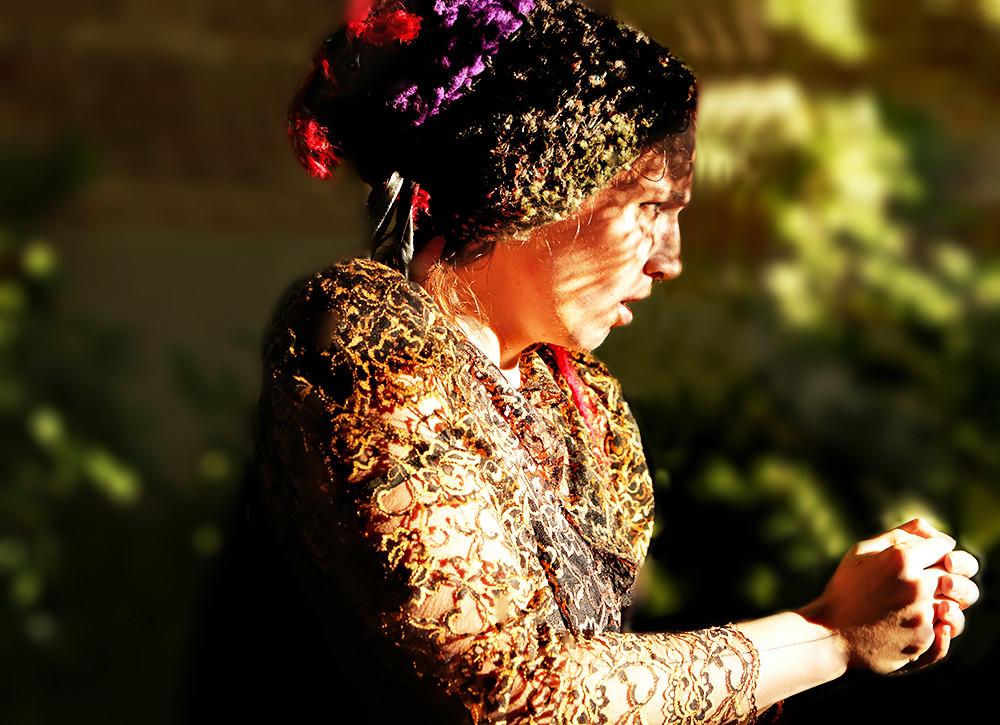Are Men Penalized for Using Beauty Products
In a world where appearance often serves as a silent introduction, the allure of beauty products has transcended gender boundaries, inviting men into its polished embrace. Yet, as the shelves of grooming aisles expand with offerings tailored to masculine aesthetics, an intriguing question arises: are men subtly penalized for indulging in the realm of beauty enhancements? This article delves into the evolving perceptions and social dynamics surrounding men’s use of beauty products, exploring whether societal norms and expectations have truly adapted to this modern metamorphosis or if hidden biases linger in the shadows of progress. Join us as we unravel the complexities of beauty, masculinity, and the quest for self-expression in an age where the canvas of personal presentation is as diverse as the individuals who paint it.
Breaking the Beauty Barrier Examining Societal Norms
In a world where grooming and self-care are increasingly celebrated, the question arises: are men facing backlash for embracing beauty products? Historically, beauty regimes were deemed feminine, yet today’s society is witnessing a shift in these paradigms. Cultural stereotypes often dictate that men should adhere to a rugged, minimalistic approach to self-care, but as more men dare to defy these norms, they encounter both encouragement and criticism.
- Social Stigma: Men may face teasing or judgment from peers who view skincare or makeup as a deviation from traditional masculinity.
- Media Influence: While advertisements increasingly feature male models endorsing beauty products, these portrayals are often confined to specific ”acceptable” products, such as colognes or shaving creams.
- Workplace Dynamics: In some professional environments, using visible makeup might be frowned upon, suggesting a double standard in personal presentation.
Despite these challenges, there is a growing movement advocating for inclusive beauty standards that transcend gender. This shift not only promotes diversity but also encourages individuals to express themselves authentically, free from the shackles of outdated conventions. As society continues to evolve, so too does the understanding of beauty, allowing everyone to partake in self-expression without fear of judgment.

Unpacking the Stigma Mens Grooming and Cultural Expectations
In today’s rapidly evolving world, the narrative surrounding men’s grooming is undergoing a significant transformation. While society has traditionally embraced a rugged, minimalistic approach to male grooming, the modern man is now finding himself at the intersection of self-expression and societal scrutiny. Cultural expectations have long dictated that beauty products are a domain reserved for women, leaving men who dare to cross these boundaries facing potential judgment. Yet, as the lines between gender roles blur, the stigma attached to men who indulge in beauty products is being challenged.
- Many men are discovering the confidence-boosting power of skincare routines and cosmetics.
- Using beauty products is increasingly seen as an act of self-care, rather than a challenge to masculinity.
- Despite this, some men still fear being labeled as vain or unmanly by peers.
In essence, while societal perceptions are slowly shifting, cultural expectations continue to exert pressure on men, compelling them to conform to traditional standards. This ongoing tension presents a unique opportunity to redefine masculinity and embrace grooming as a universal form of self-care, free from stigma or penalty.

The Business of Beauty How Marketing Targets Male Consumers
In recent years, the beauty industry has made significant strides in reshaping traditional gender norms, recognizing the untapped potential of the male consumer market. Marketing strategies have evolved to not only appeal to men but to normalize their participation in the beauty realm. Brands are increasingly using campaigns that highlight inclusivity and redefine masculinity. This involves creating products specifically tailored to male needs and preferences, such as skincare lines that address issues like beard maintenance or skin sensitivity. To effectively engage this demographic, marketers often leverage male influencers and celebrities, who embody diverse forms of masculinity, in their promotions. These tactics aim to dispel the stigma associated with male grooming and encourage a broader acceptance of beauty products among men.
However, despite these efforts, some challenges persist. Many men still experience societal pressure to conform to traditional masculine ideals, which can lead to a reluctance in openly purchasing or using beauty products. Barriers that male consumers often face include:
- Social Stigma: Fear of being judged or stereotyped for taking an interest in personal grooming.
- Limited Product Range: Historically, fewer options have been available that cater specifically to male aesthetics and needs.
- Marketing Missteps: Sometimes, campaigns can feel patronizing or fail to resonate authentically with male audiences.
Despite these hurdles, the shift towards a more inclusive beauty market is unmistakable. As brands continue to innovate and market their products with sensitivity and awareness, the landscape for male beauty consumers is poised for change, offering a future where grooming is seen as a universal form of self-care.

Towards Acceptance Encouraging Inclusivity in Personal Care
The landscape of personal care is evolving, yet a significant portion of society still clings to traditional gender norms. While women have long been encouraged to indulge in beauty rituals, men often face societal resistance when embracing similar routines. The stigma attached to men using beauty products is rooted in outdated perceptions of masculinity. These biases not only limit personal expression but also perpetuate a culture of exclusivity in personal care.
Encouraging inclusivity in personal care involves dismantling these stereotypes and fostering a more accepting environment. This can be achieved through various means, such as:
- Representation: Highlighting diverse male figures in beauty advertising and media.
- Education: Promoting awareness about the benefits of skincare and grooming for all genders.
- Community Support: Creating safe spaces where men can discuss and explore beauty products without judgment.
By taking these steps, we move towards a world where personal care is a universal right, free from the constraints of gender expectations.
Future Outlook
In the ever-evolving landscape of personal grooming and self-expression, the question of whether men face penalties for using beauty products continues to unravel layers of societal norms and expectations. As we peel back these layers, it’s clear that the definition of masculinity is being reshaped, with beauty products playing a role in this transformation. Whether seen as a tool for empowerment or a source of stigma, the choice ultimately rests with the individual. As the conversation progresses, one thing remains certain: the canvas of self-expression is broadening, inviting everyone to paint their own unique portrait without fear of judgment. As we close this chapter, we leave with an open invitation to embrace the freedom of choice, challenging old narratives and welcoming a future where personal care knows no gender boundaries.


